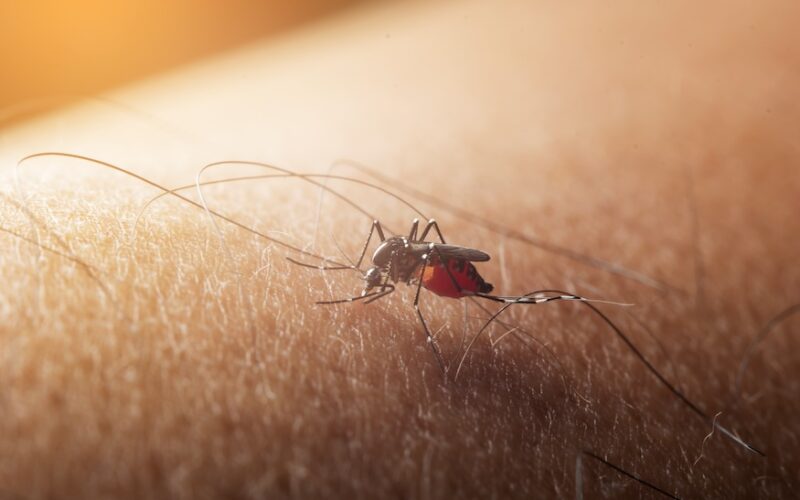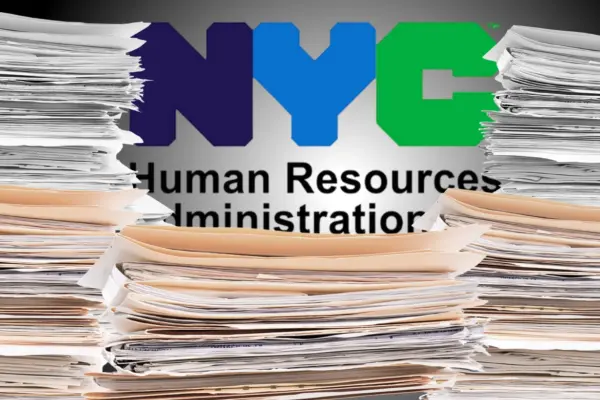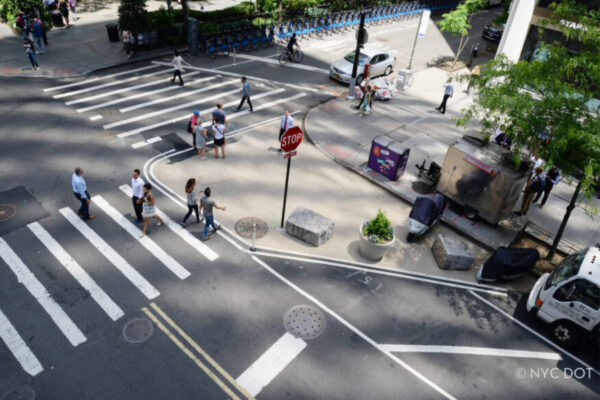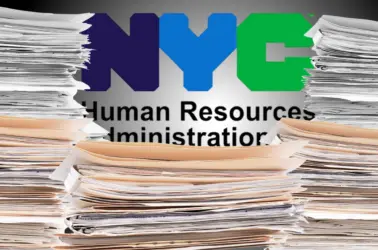According to a recent report on NYC Newswire, the New York City Department of Health has identified the season’s first two human cases of West Nile virus disease. Both affected individuals reside in Queens. Mosquito pools in all five boroughs have shown the presence of the virus since July.
Two Confirmed Cases, Several Under Investigation
One of the patients was treated for West Nile fever, briefly stayed in the hospital, and has now been discharged. Another patient remains hospitalized with West Nile neuroinvasive disease, resulting in encephalitis (a brain infection). Additionally, the virus was discovered in blood donations from Brooklyn and Staten Island residents. Health officials are investigating two other possible cases in Brooklyn.
Mosquito Activity Across All Five Boroughs
West Nile-infected mosquitoes are typically active across NYC between May and October, peaking during August and September. As of August 22, 2025, a total of 988 mosquito pools have tested positive citywide, a lower count compared to the previous year. The Health Department has so far performed 10 adulticiding sprays, 3 aerial larviciding treatments, 2 series of catch basin larviciding, and 1,104 ground-based larvicidings.
Health Commissioner Urges New Yorkers to Take Caution
“West Nile virus can cause significant illness, especially among seniors and those with compromised immune systems,” stated Acting Health Commissioner Dr. Michelle Morse. “Apply an EPA-registered mosquito repellent, wear long sleeves and long pants—particularly at dawn or dusk—remove any standing water, and check that your window screens are intact.” The NYC Health online map offers updates on mosquito activity.
Risks and Symptoms
Most people infected with West Nile virus don’t develop symptoms. Some may experience fever, headaches, muscle pain, rash, and fatigue. Around 1 in 150 cases—mainly in older adults or immunocompromised individuals—may progress to West Nile neuroinvasive disease, impacting the brain and spinal cord. This can cause mental changes, muscle weakness, hospitalization, or even death.
History of West Nile in NYC
West Nile first appeared in New York over 25 years ago. From 2012–2021, there was an average of 16 annual cases of West Nile neuroinvasive disease, but between 2022–2024, that figure nearly doubled to 31 per year. Most people affected had not used repellents or taken preventive measures.
How to Stay Protected
To reduce mosquito bites, health officials advise using EPA-approved repellents such as DEET, picaridin, oil of lemon eucalyptus, or IR3535. Dress in long sleeves and pants, especially during high-activity periods (dawn and dusk). If you’re immunocompromised, limit being outside during peak times. Fix or replace any window screens with damage, and remove standing water from containers, gutters, and pools. Keep backyard pools and hot tubs covered or chlorinated. For a list of approved repellents, visit the EPA search tool.
Contact Information
For further details about West Nile virus or to report standing water, head to NYC Health: West Nile Virus or call 311.


















Leave a Reply
You must be logged in to post a comment.